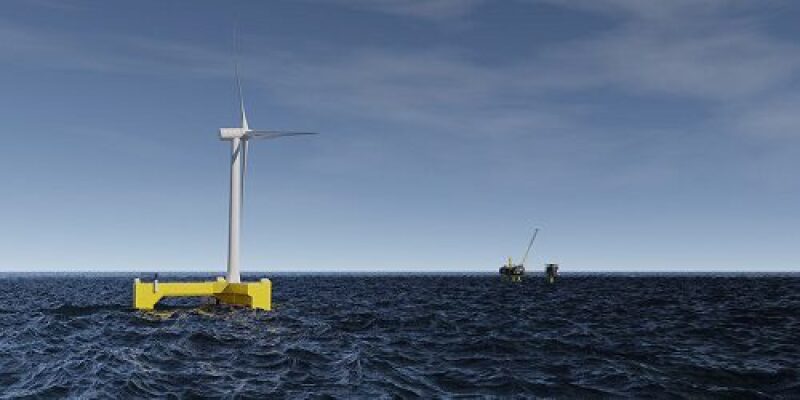Using renewable energy can help the oil and gas industry to reduce emissions while getting a stable, high-quality power supply. The renewable energy system can even be used to help the oil and gas facilities with enhanced oil recovery (EOR).
These are the results from a project Floating Power Plant (FPP) has just finished with Lundin Energy Norway, NOV-APL, Semco Maritime, Cefront Technologies, and Aalborg University using floating wind and wave power to support an offshore oil and gas facility. The project developed three different designs to see if the concepts set up by the partners were usable solutions from an engineering point of view and as a commercial business case.
The three concepts were
- Intermittent direct power—a simple integration of floating wind and wave power into an oil and gas facility
- Baseload power—based on the intermittent direct power design, energy storage in the form of batteries, and diesel generators that have been integrated to provide baseload or partial baseload power
- EOR—integration of a full EOR-system placed on FPP's platform, enabling 10,000 m3 processed water injection per day with a minimum injection rate of 5,000 m3
‘We have shown that using renewable energy in the oil and gas industry is a good idea," said Anders Køhler, the chief executive officer of FPP. "All three designs proved to be viable and promising from both a technical and a business point of view, and they can be used in different commercial situations."

